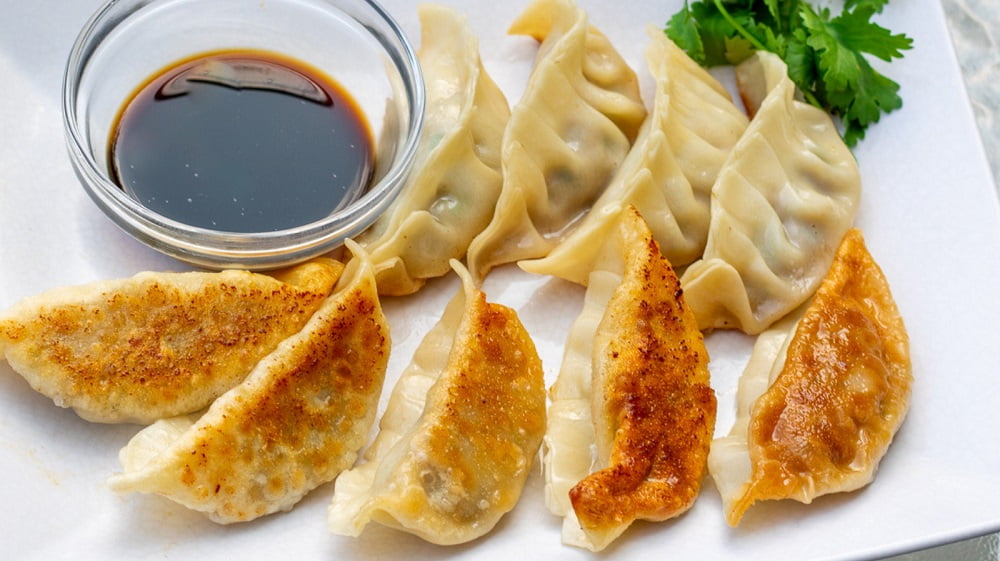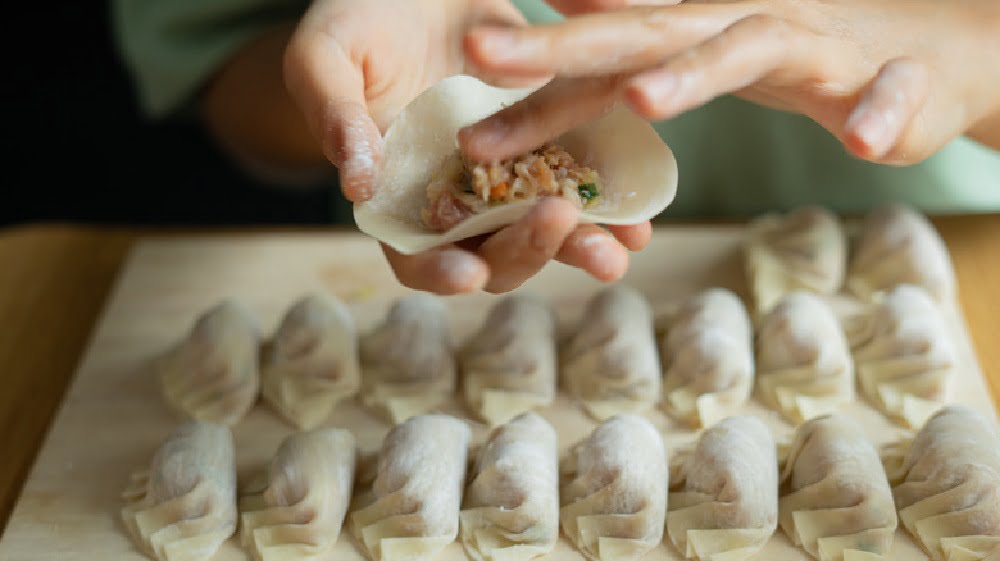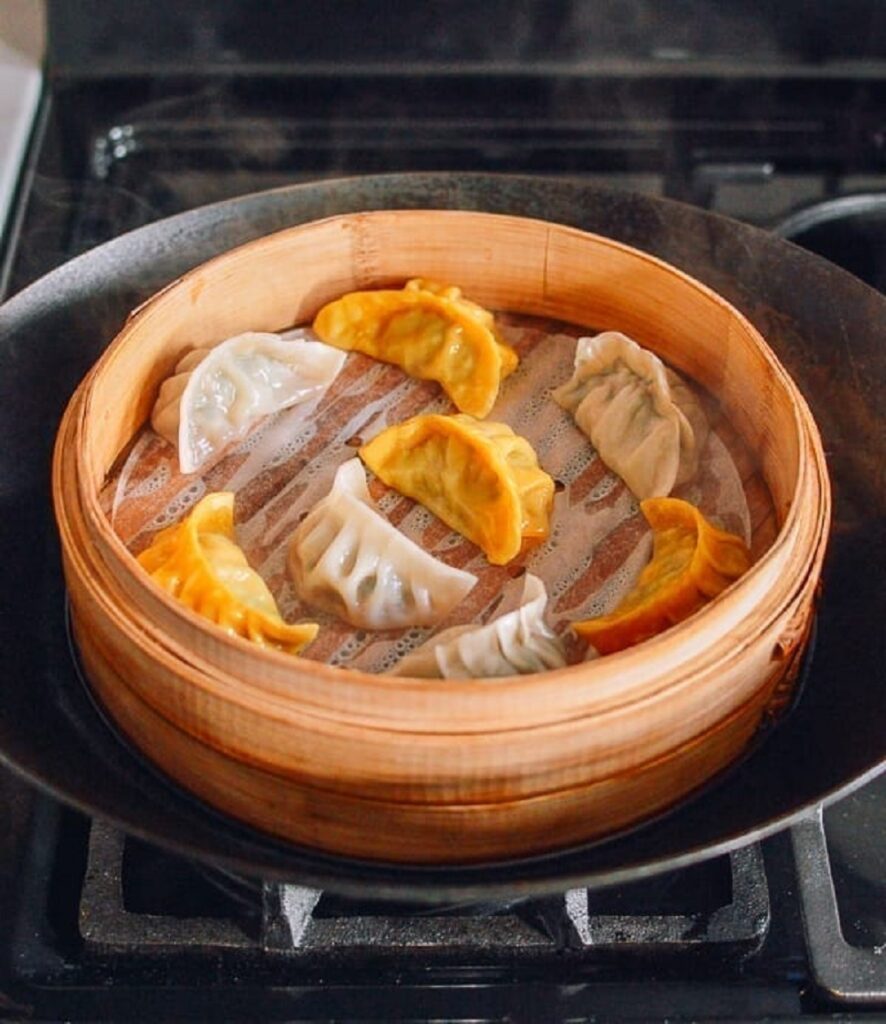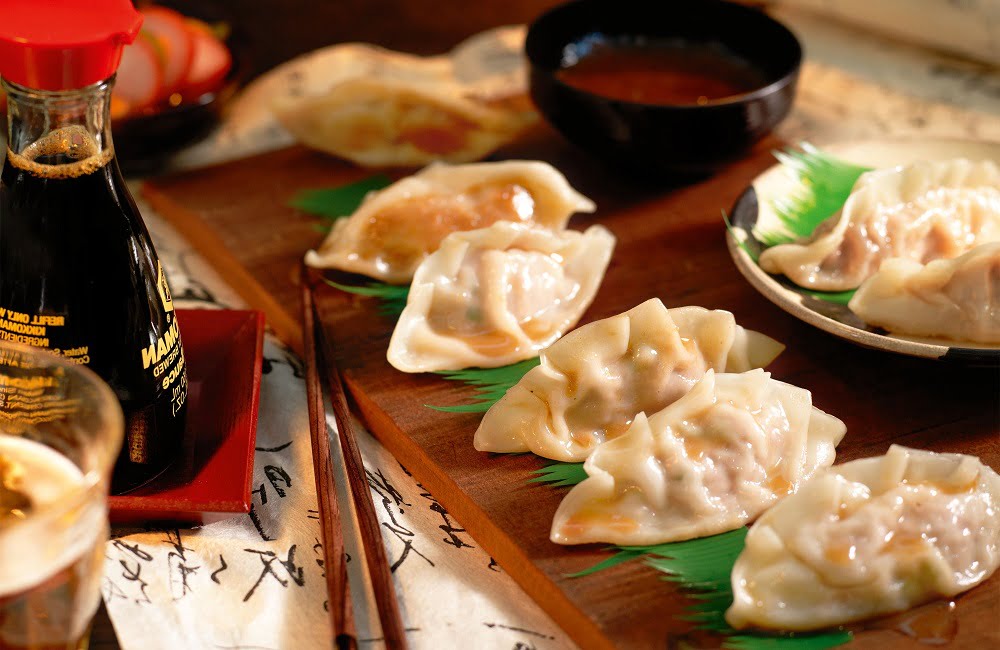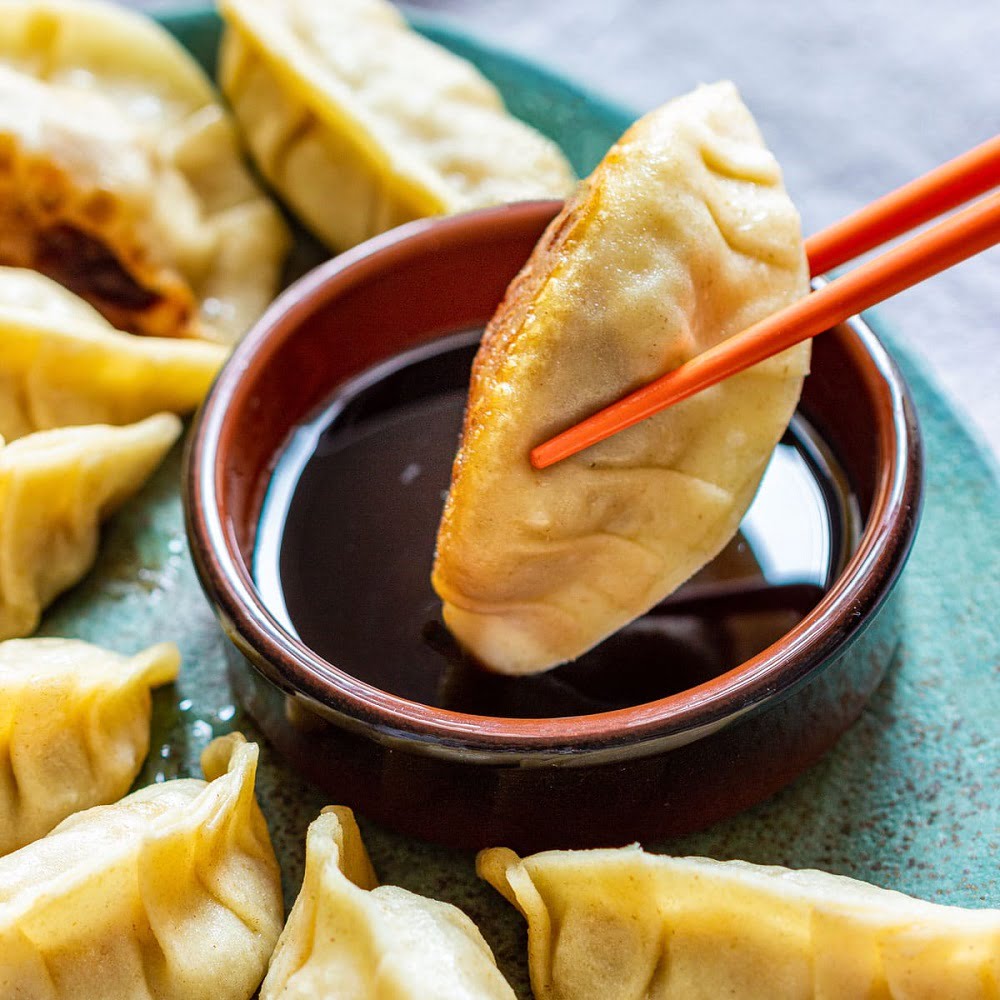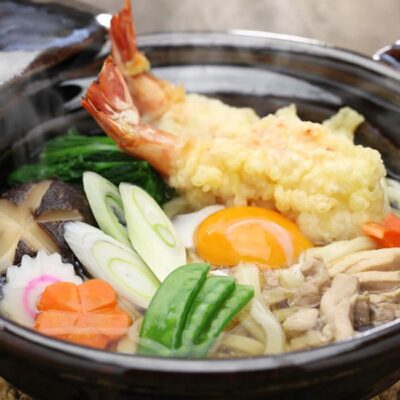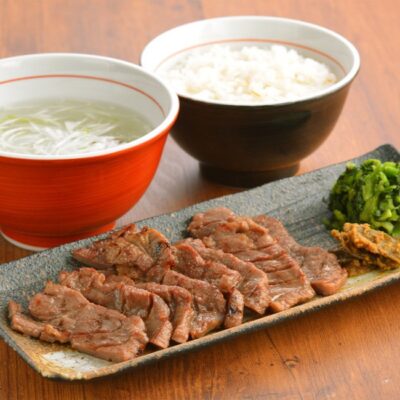Directions
Introduction
Welcome to the world of pork gyoza, a traditional Japanese dumpling that is both delicious and versatile. Made with a savory filling of minced pork and vegetables wrapped in a thin dumpling dough, pork gyoza is a popular dish in Japanese cuisine. This article will take you on a culinary journey, exploring the history, ingredients, and preparation techniques of pork gyoza. Whether you are an experienced home cook or a novice in the kitchen, this guide will equip you with the knowledge and skills to create mouthwatering pork gyoza at home.
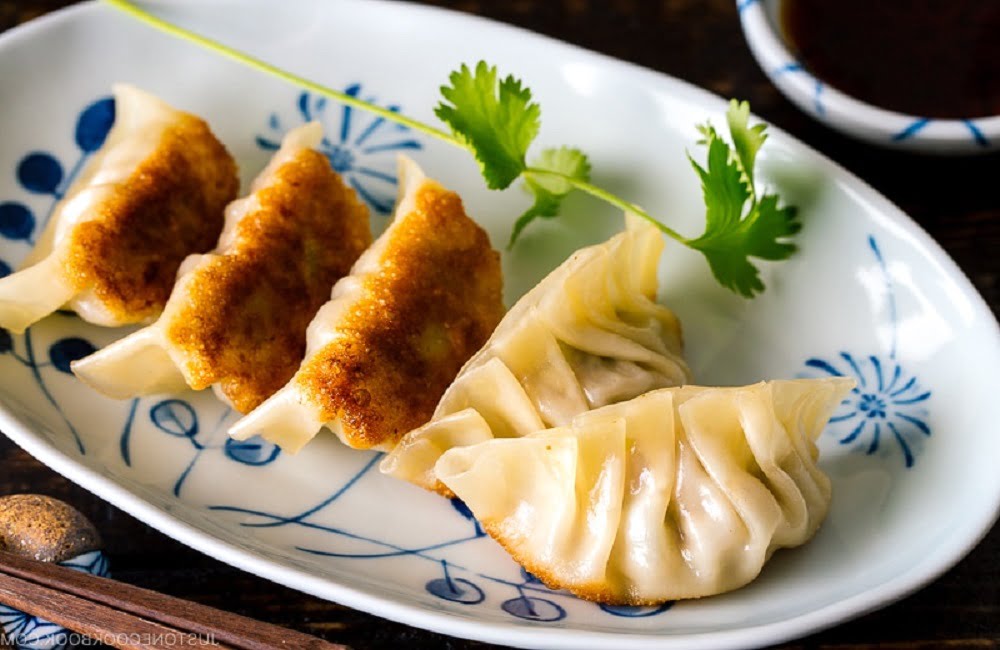
The History of Pork Gyoza: From China to Japan
Pork gyoza might be a quintessential Japanese dish, but its roots can be traced back to ancient China. Gyoza, also known as jiaozi in China, were traditionally eaten during the Chinese New Year as a symbol of wealth and prosperity. It was believed that the more dumplings one ate, the more fortune they would have in the coming year.
In the early 20th century, gyoza made its way to Japan through Chinese immigrants, and it quickly gained popularity among the locals. The Japanese put their own twist on the dish, developing their unique style of gyoza. Today, pork gyoza is a staple in Japanese cuisine, enjoyed by people of all ages.
The Essential Ingredients
To make pork gyoza, you will need a handful of fresh, high-quality ingredients. Let’s take a closer look at the key components that contribute to the flavors and textures of this delectable dumpling:
1. Minced Pork
The star of the show, minced pork forms the base of the gyoza filling. Choose lean ground pork for a healthier option, or opt for fatty pork if you prefer a richer and juicier dumpling.
2. Vegetables
Vegetables such as cabbage, garlic chives, and green onions are essential for adding aromatic flavors and crunch to the filling. These finely chopped vegetables provide a contrast in texture to the tender pork.
3. Dumpling Dough
The thin and delicate dumpling dough is what holds the filling together. Made from a mixture of all-purpose flour and water, the dough should be rolled out into thin circles to ensure a perfect balance of dough and filling.
4. Seasonings and Condiments
To elevate the flavors of the gyoza, seasonings and condiments such as soy sauce, sesame oil, ginger, garlic, and pepper are added to the filling mixture. These ingredients contribute to the umami taste and enhance the overall deliciousness of the dumplings.
The Art of Making Pork Gyoza: Step-by-Step Guide
Making pork gyoza requires a bit of practice and precision, but with this step-by-step guide, you’ll become a gyoza-making expert in no time.
Steps
1 Done | Prepare the Filling |
2 Done | Fill and Fold the Dumplings |
3 Done | Pan-Fry the Gyoza |
4 Done | Steam the Gyoza |
5 Done | Serve and Enjoy |
6 Done | Variations and Adaptations: Beyond Pork GyozaWhile pork gyoza is the classic and most popular version, there are several exciting variations and adaptations that you can explore. Here are some ideas to inspire your creativity in the kitchen: |
7 Done | FAQ (Frequently Asked Questions)Q: Can I freeze pork gyoza? A: Yes, pork gyoza can be frozen for later use. Simply line a baking sheet with parchment paper, arrange the uncooked gyoza on the sheet without touching each other, and place it in the freezer until the gyoza is firm. Then transfer the frozen gyoza into a freezer-safe bag or container. To cook the frozen gyoza, boil them directly without defrosting and then finish them off in a frypan for a crispy texture. |
8 Done | ConclusionIn conclusion, pork gyoza is a beloved Japanese dish that encapsulates the harmonious blend of flavors and textures. With its crispy pan-fried bottom and tender steamed filling, pork gyoza is a true culinary delight. Whether you enjoy them as an appetizer, a main meal, or freeze them for later use, the versatility of gyoza allows you to indulge in this delectable dumpling in various ways. So why not embark on your gyoza-making adventure and savor the authentic taste of Japan in the comfort of your own home? |



